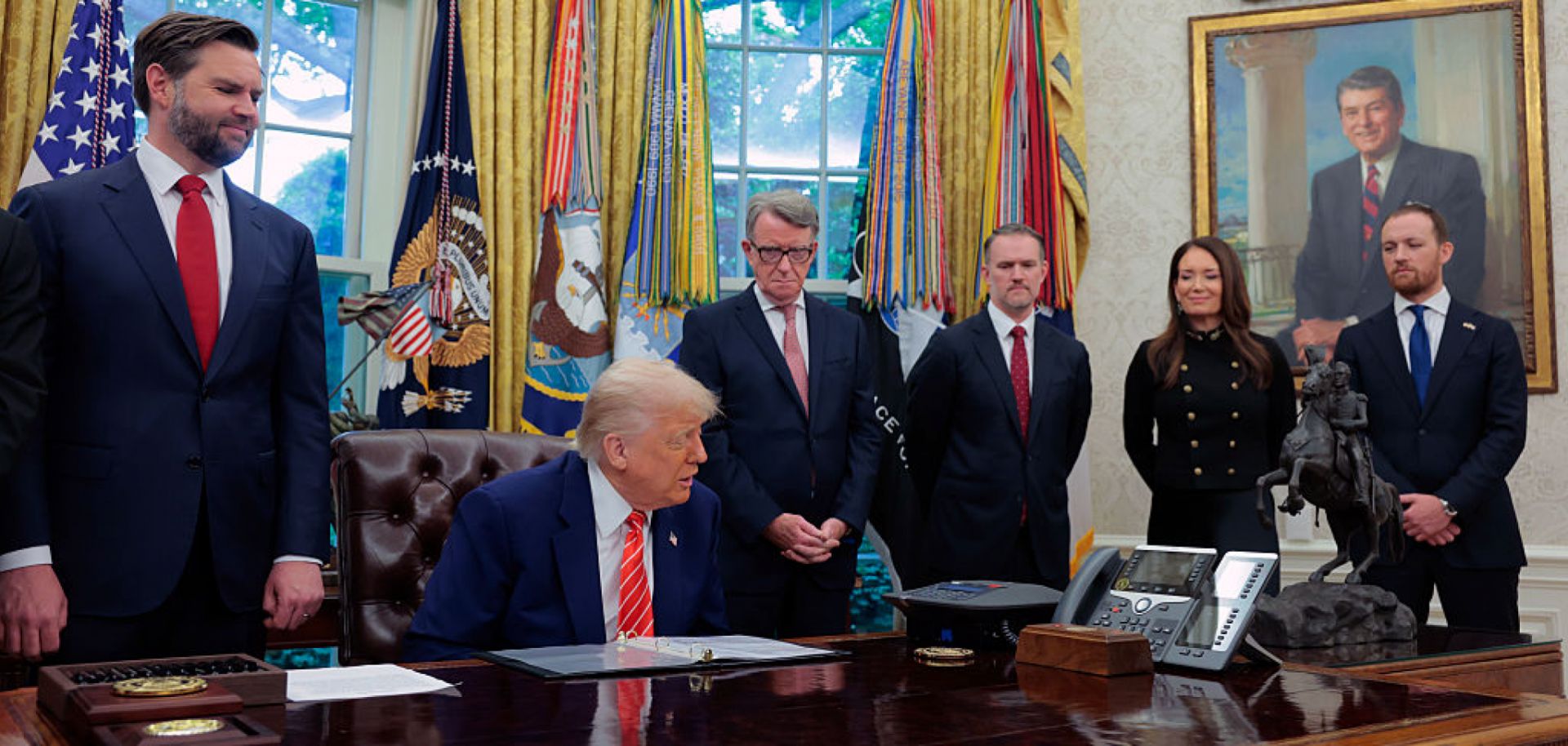The new U.S.-U.K. trade deal suggests that the White House's primary demand in trade talks is to restrict exports to the United States, as well as secure some more limited concessions on buying more U.S. goods or reducing import trade barriers; but the agreement also suggests that tariff relief for most countries reaching deals will be limited. On May 8, the United States and United Kingdom announced a trade deal, which the Office of the U.S. Trade Representative called the "US-UK Agreement in Principle to negotiate an Economic Prosperity Deal," marking the first agreement the United States has reached with a country since announcing its sweeping "reciprocal' tariff plan on April 2. The deal is narrow in scope and is not a comprehensive free trade agreement. It establishes a quota system that will allow around 100,000 British cars to be exported to the United States under a 10% tariff instead...

